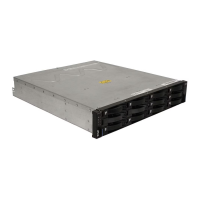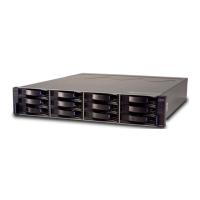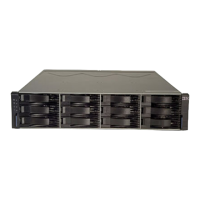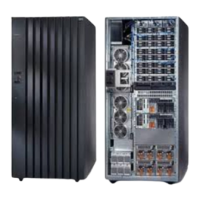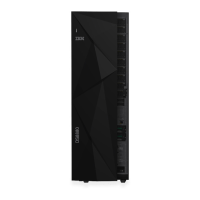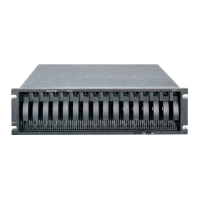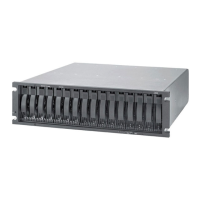© Copyright IBM Corp. 2010. All rights reserved. 533
Draft Document for Review March 28, 2011 12:24 pm 7914appCLI1208.fm
Chapter 17. Command-Line Interface(CLI)
In this chapter, we explain the basics of the Command-Line Interface (CLI) that can be used
to manage an IBM System Storage DS3500. Along with the DS3500, the CLI can manage a
older DS3000 models, DS4000 and DS5000 storage subsystems as well.
The command-line interface (CLI) is a software tool that lets storage subsystem installers and
engineers configure and monitor storage subsystems using script commands. Using the CLI,
you can run commands from an operating system prompt, such as the Windows command
prompt, a Linux operating system console, or a Solaris operating system console.
You have to install the IBM DS Storage Manager client in order to run the script commands
either through the script window, which is invoked from the IBM DS Storage Manager client
Enterprise window, or through the command line interface using the SMcli program. The
script command engine is automatically installed as part of the IBM DS Storage Manager
client installation.
The CLI can be found in the client subdirectory of the location where the Storage Manager
was installed. In Microsoft Windows, that is usually C:\Program Files\IBM_DS\client and in
Linux /opt/IBM_DS/client/. The CLI program is called SMcli in Windows and Linux.
Commands that can be used on the CLI to administer a DS3500, DS4000 and DS5000
storage subsystem are identical to the commands used in the Script Editor. Not all commands
apply to all models of the storage subsystem.
The CLI gives access to all the functions provided in the Storage Manager GUI, as well as
some additional management functions. Each command performs a specific action for
managing a storage subsystem or returning information about the status of a storage
subsystem. You can enter individual commands, or you can run script files when you need to
perform operations more than once. For example, you can run script files when you want to
install the same configuration on several storage subsystems. The CLI lets you load a script
file from a disk and run the script file. The CLI provides a way to run storage management
commands on more than one network storage subsystem. For example, it is only possible to
modify the blocksize of a logical drive using the CLI. Similarly, the CLI is required to save the
configuration file.
This chapter is organized in the following sections:
17.1, “How to Use the Command Line Interface” on page 535

